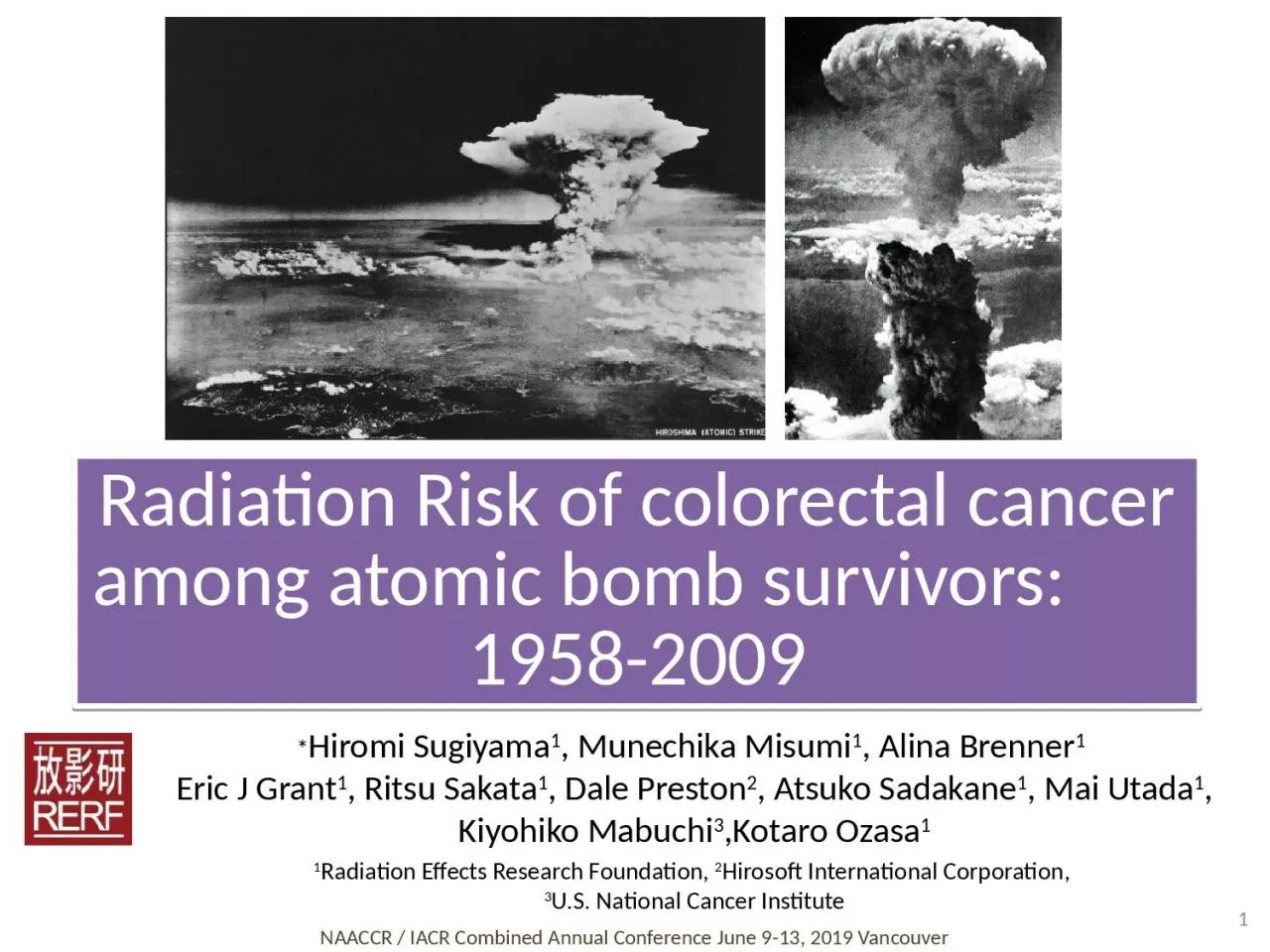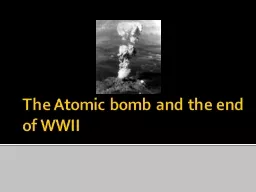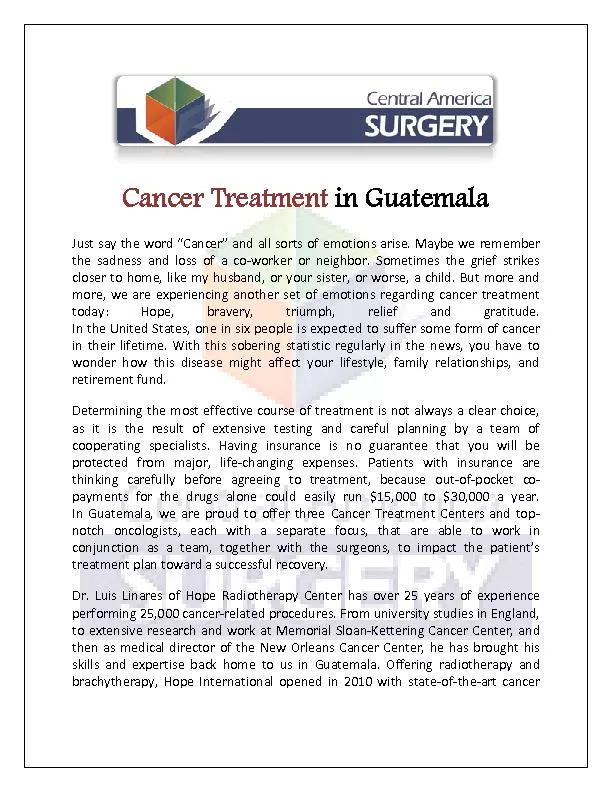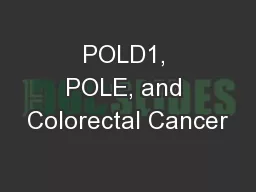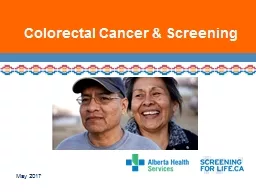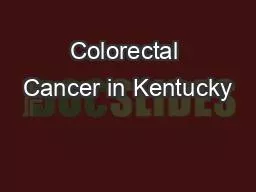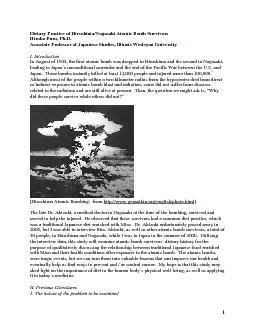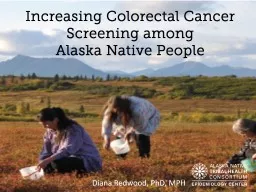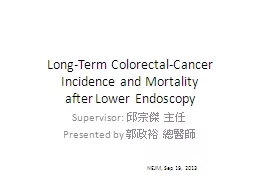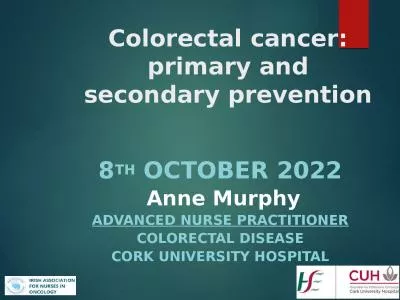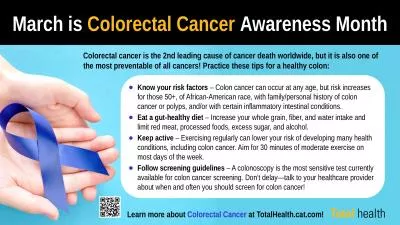PPT-Radiation Risk of colorectal cancer among atomic bomb survivors:
Author : OneAndOnly | Published Date : 2022-07-28
19582009 Hiromi Sugiyama 1 Munechika Misumi 1 Alina Brenner 1 Eric J Grant 1 Ritsu Sakata 1 Dale Preston 2 Atsuko Sadakane 1 Mai Utada 1
Presentation Embed Code
Download Presentation
Download Presentation The PPT/PDF document "Radiation Risk of colorectal cancer amon..." is the property of its rightful owner. Permission is granted to download and print the materials on this website for personal, non-commercial use only, and to display it on your personal computer provided you do not modify the materials and that you retain all copyright notices contained in the materials. By downloading content from our website, you accept the terms of this agreement.
Radiation Risk of colorectal cancer among atomic bomb survivors:: Transcript
Download Rules Of Document
"Radiation Risk of colorectal cancer among atomic bomb survivors:"The content belongs to its owner. You may download and print it for personal use, without modification, and keep all copyright notices. By downloading, you agree to these terms.
Related Documents

